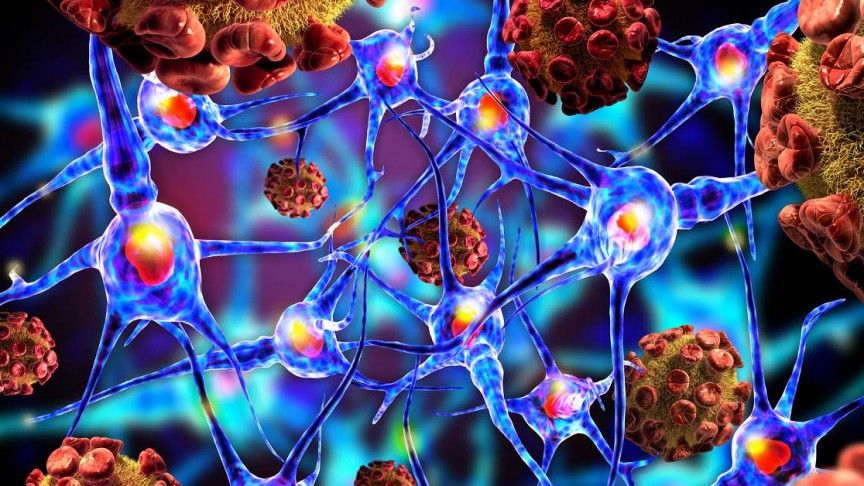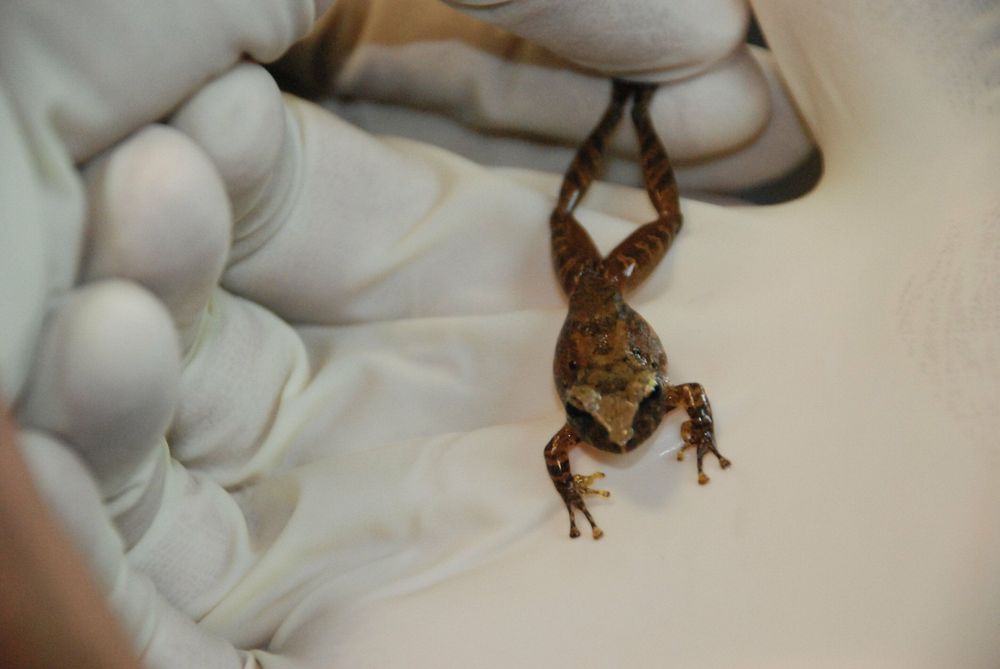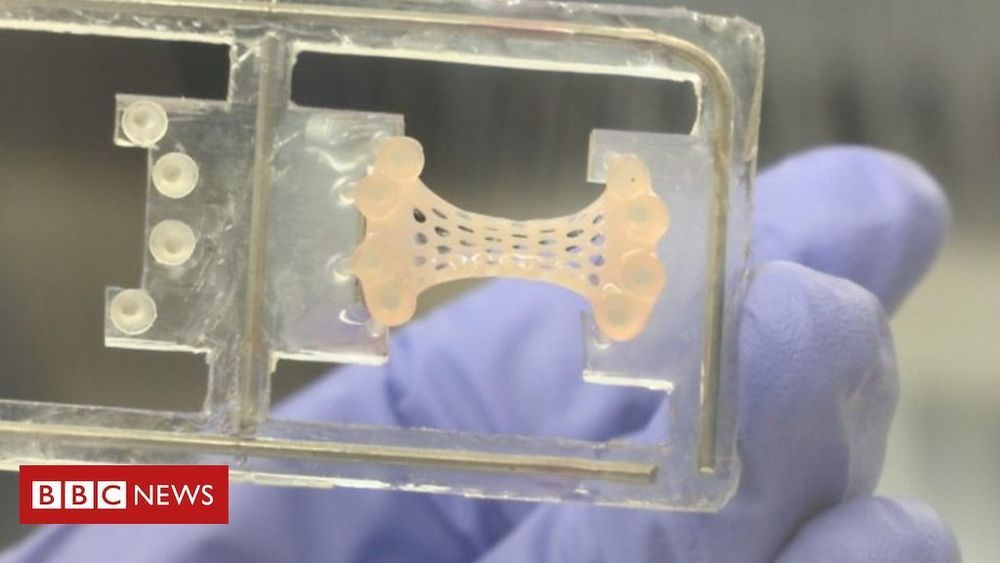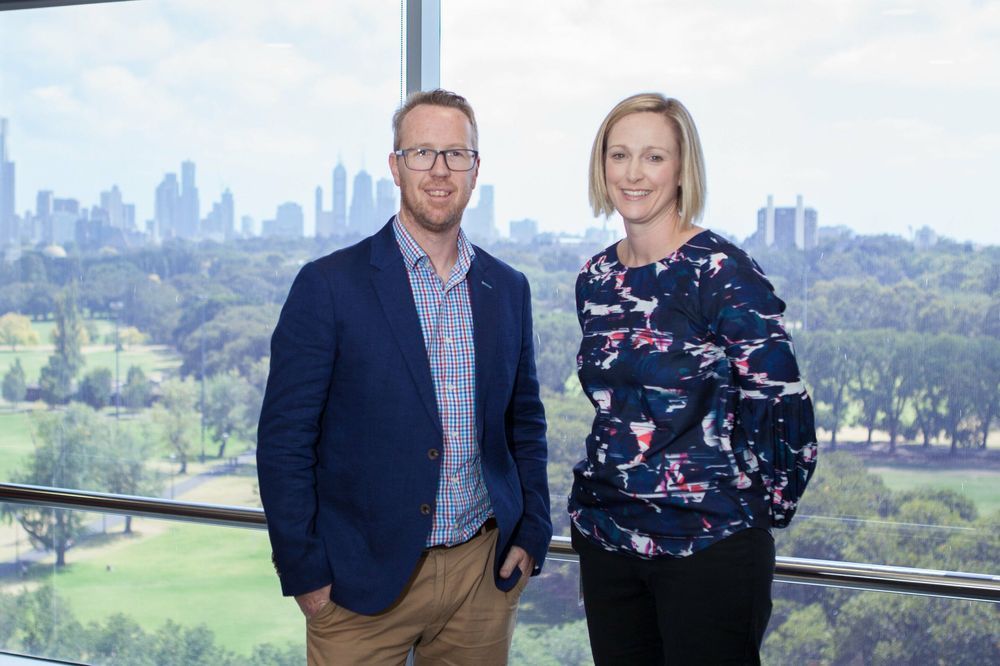A protein has been identified that once neutralized can see the activation of dormant stem cells.



In the past few decades, a lethal disease has decimated populations of frogs and other amphibians worldwide, even driving some species to extinction. Yet other amphibians resisted the epidemic. Based on previous research, scientists at the INDICASAT AIP, Smithsonian and collaborating institutions knew that skin bacteria could be protecting the animals by producing fungi-fighting compounds. However, this time they decided to explore these as potential novel antifungal sources for the benefit of humans and amphibians.
“Amphibians inhabit humid places favoring the growth of fungi, coexisting with these and other microorganisms in their environment, some of which can be pathogenic,” said Smithsonian scientist Roberto Ibáñez, one of the authors of the study published in Scientific Reports. “As a result of evolution, amphibians are expected to possess chemical compounds that can inhibit the growth of pathogenic bacteria and fungi.”
The team first travelled to the Chiriquí highlands in Panama, where the chytrid fungus, responsible for the disease chytridiomycosis, has severely affected amphibian populations. They collected samples from seven frog species to find out what kind of skin bacteria they harbored.

Metastasis is the leading cause of death from cancer, occurring when cancer cells separate from the original tumor to proliferate elsewhere. These new cancer cells travel through the bloodstream or lymphatic system. Since these bodily systems are thoroughly connected, cancer can spread to a variety of locations. Breast cancer, for example, “tends to spread to the bones, liver, lungs, chest wall, and brain.”
Cancer cell plasticity — an ability that allows cancer cells to shift physiological characteristics dramatically — fosters metastasis and is responsible for cancer’s resistance to treatments. To combat its resistance, researchers at the University of Basel in Switzerland decided to turn cancer’s cellular plasticity against itself. They used Rosiglitazone, an anti-diabetic drug, along with MEK inhibitors in mice implanted with breast cancer cells. Their aim was to alter the cancer cells.
The drug combination hijacked the breast cancer cells during epithelial-mesenchymal transition (EMT), a process by which the cells undergo biochemical changes. EMT plays a role in many bodily functions, such as tissue repair. In unaltered cancer cells, EMT allows them to migrate away from the original tumor while maintaining their oncogenic properties.

A medical breakthrough by scientists at Imperial College London could save thousands of heart patient’s lives.
Working with the British Heart Foundation, they have developed beating heart patches which could restore the muscle strength lost after a heart attack.
Claire-Marie Berouche has third-stage heart failure and she’s hoping the patch will change her quality of life.

Medical advances and living standards have extended the average human longevity from 48 years in 1955 to 71 years today, and the elderly are now the fastest growing segment of society. But while our life spans are improving, our health spans are not, writes science journalist Sue Armstrong in “Borrowed Time: The Science of How and Why We Age” (Bloomsbury), out now.
“Over the past 50 years, health care hasn’t slowed the aging process so much as it has slowed the dying process,” she writes, quoting gerontologist Eileen Crimmins.


Rwanda’s advancements on the technological front have been dazzling, with that enviable touch of innovation. Ever since deliveries of health supplies through drones commenced in 2016, the stats have been phenomenal.
To date, over 10,000 health supply deliveries have been completed and this is such a huge feat. Medical drones were launched in October 2016, in partnership with #Zipline Inc. Rwanda is the first country on the continent, and in the world to have such services in the health sector. Such monumental success easily makes Rwanda’s healthcare system among the best in Africa.
Rwanda has completed over 10,000 deliveries of health supplies by medical drones.

Accumulation of fat in the liver, known as fatty liver disease, is experienced by over 5.5 million Australians, including more than 40% of all adults over the age of 50.
Fatty liver develops from a combination of both genetic and environmental causes, which influence the age of onset and severity of the disease. Experts are now describing the condition as a hidden epidemic, which is driving up rates of liver transplant, contributing to a range of illnesses and ultimately death.
Fatty liver disease usually has no early symptoms and diagnoses with current technologies mostly comes when it’s too late to prevent major illness. But now, for the first time in a study published in the prestigious scientific journal, Nature, a team of researchers from the Baker Heart and Diabetes Institute, University of California, and University of Sydney, have discovered biomarkers in the blood that can predict the accumulation of toxic fats in the liver, which are a sign of early fatty liver disease. These predictions can be made based on the lipid (fats) profile in the blood.

In the fight against cancer, there is a surprising tool in the arsenal: the food we eat. That’s because some nutrients in food have been found to play a role in preventing cancer, and it’s relevant because the World Cancer Research Fund reports that 30 to 50 percent of cancer cases are preventable, putting a focus on stopping cancer from developing in the first place.
Xiang-Dong Wang, a senior scientist and associate director of the Jean Mayer USDA Human Research Center on Aging at Tufts, studies how food can help prevent cancer development, particularly lung, liver, and colon cancer.
Although the rate of most cancers is dropping, there is increasing concern about the rise in both incidence and death rate of liver cancer in the United States, partially due to the parallel rise in nonalcoholic fatty liver disease, obesity, and diabetes.